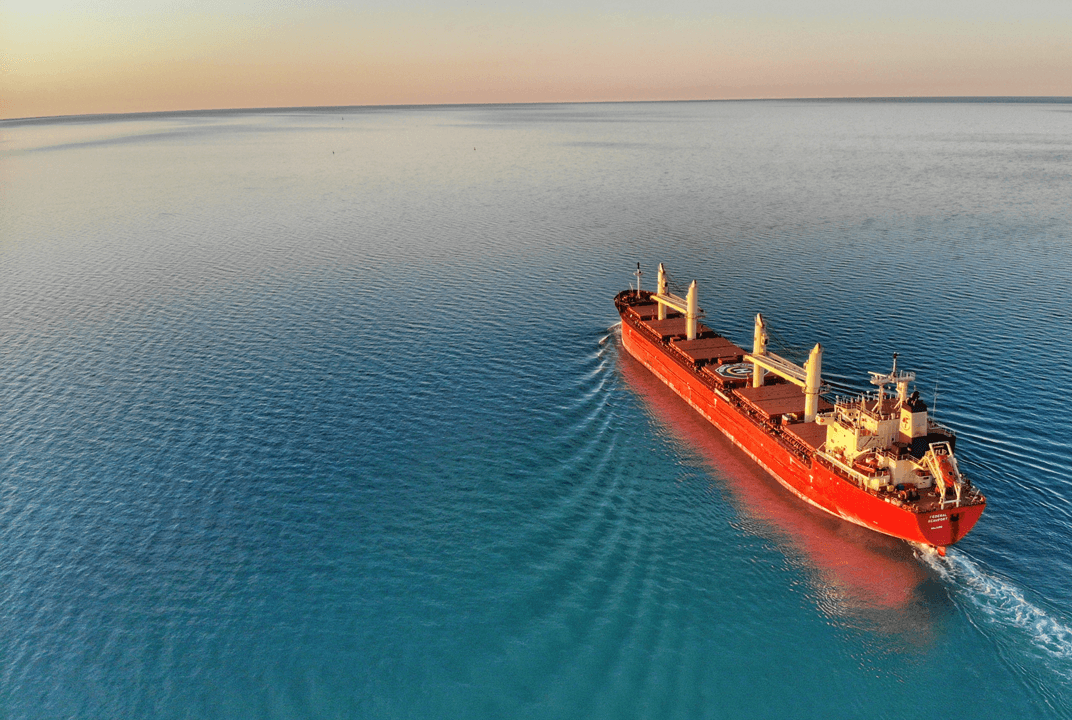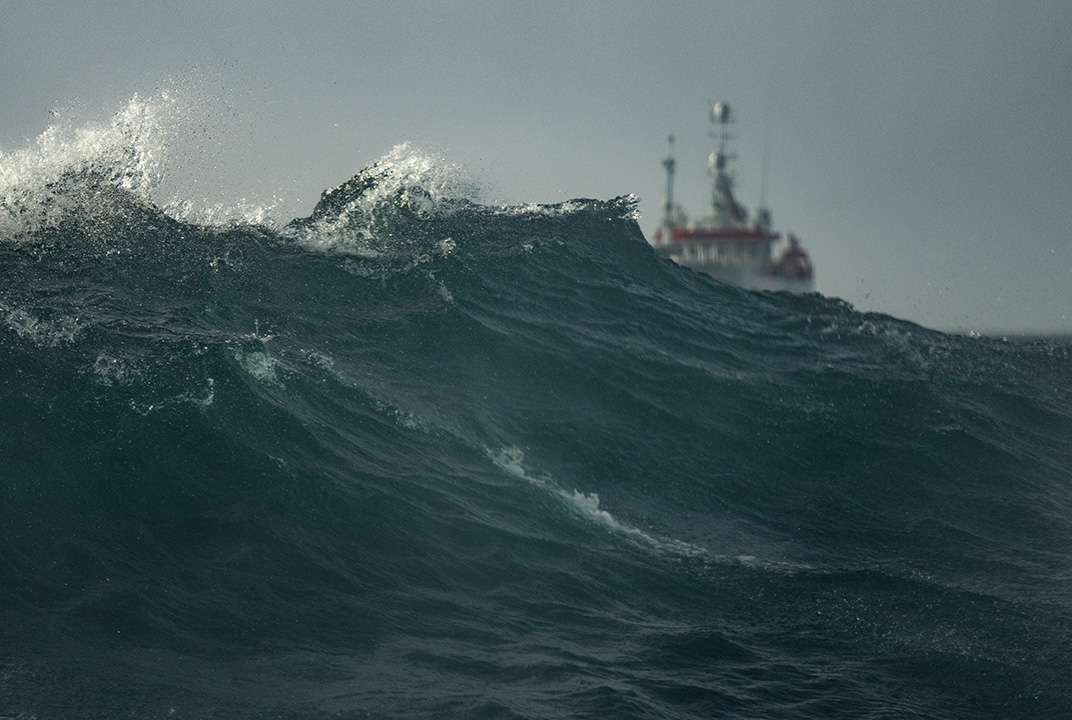MOL and JSAT MOBILE succeed in 'Visualization at Sea' using Inmarsat Fleet Xpress
Inmarsat Fleet Xpress has been part of a recent trial to enable the events recorded by a ship’s ‘black box’ to be shared and stored in real-time ashore, in a major safety enhancement that also overcomes an obstacle blocking progress towards remote vessel operations.
Mitsui O.S.K. Lines, Ltd. (MOL) and JSAT MOBILE Communications Inc. (JSAT MOBILE) acknowledged that the high-capacity, high-speed satellite service has been integral in a shipboard trial onboard a MOL vessel that looks to build a network to share live Voyage Data Recorder (VDR) data, in a project the shipping line has dubbed ‘Visualization at Sea’.
VDRs are used to record vessel movements and positions, voice communications on the bridge, image data on nautical instruments, and a ship’s Electronic Chart Display and Information System (ECDIS). Today, they are mandatory for larger vessels and passenger ships plying international waters.
Critical tool
Like flight recorders, the VDR is a critical tool for accident investigators. Conventionally, VDR data has not been available to shore personnel during a voyage, but is accumulated onboard and stored using a secondary medium, such as a disk drive. The new solution connects the VDR to a shipboard VPN router, for connectivity ashore via Fleet Xpress.
“Fleet Xpress has opened the way to monitor VDRs in real-time ashore,” says Ronald Spithout, President of Inmarsat Maritime.
“This means that shore-based staff who know a vessel’s navigation status in real time will be better able to offer remote support, in a clear enhancement to safety. Live sharing will also mean that inputs from nautical instruments or the main engine could be integrated with the shore-based ECDIS to optimize routing.”
Safety benefit
MOL and JSAT MOBILE point out that, should an incident occur, reproducing the vessel’s subsequent movements via the land-based ECDIS, and confirming voice transmissions and radar images, offers a further critical safety benefit, while live information also allows the cause of the incident to be determined more quickly.
The shipowner and JSAT MOBILE say that that they see the ‘Visualization at Sea’ project as a major step towards future remote vessel operation technology, adding that there are plans to adopt the approach

